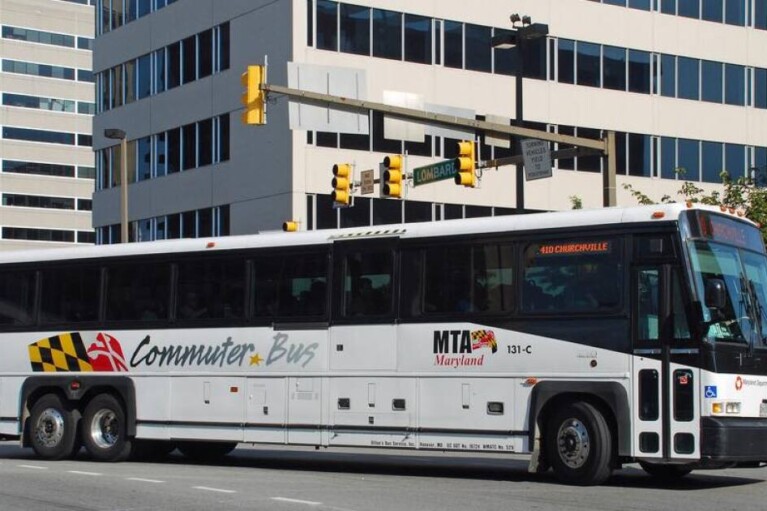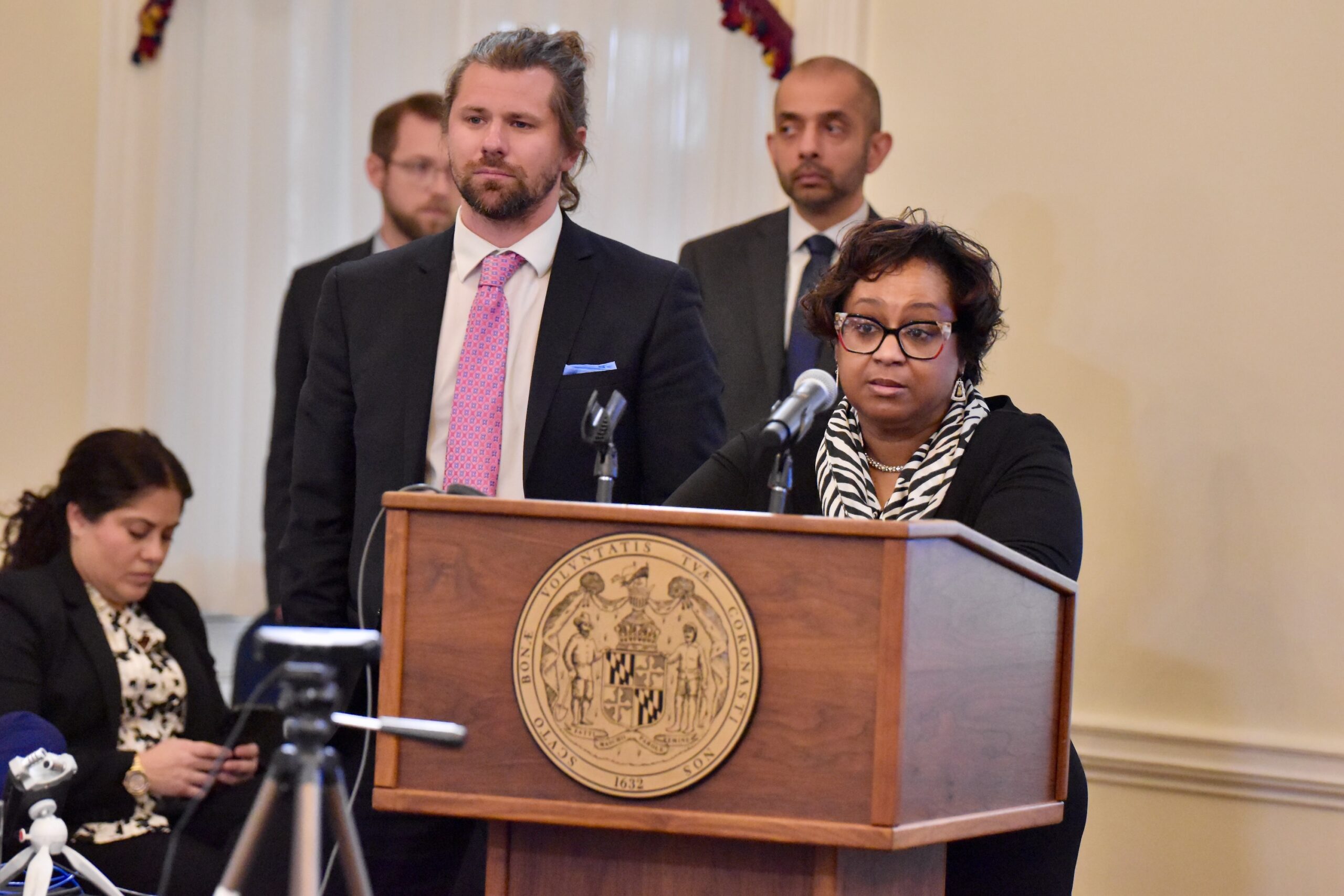Kalman Hettleman: The Foundation of the Blueprint for School Reform Could Collapse in the Years Ahead

The first order of education business for the General Assembly when it reconvenes in regular session should be to shore up — figuratively and literally — the foundation of the Blueprint for Maryland’s Future.
The largest part of all state funding under the Blueprint is in what is called the Foundation program, a/k/a the base of the funding. The foundation funding is supposed to enable all students with no special needs to meet high state standards. It should include the costs of school basics, such as the number of classroom teachers for core academics as well as art, music and physical education; the number of administrators and administrative staff; and the number of pupil support personnel like guidance counselors, social workers, nurses, librarians, and security officers.
School basics add up to more than 40% of all (non-capital) state funding for public schools. Yet, they are also the most under-funded and misunderstood part of the Blueprint.
True, school funding formulas can be extremely technical and hard to figure out. Still, the weaknesses in the foundation are clearly visible if closely examined. The examination begins with a review of the approach of the Kirwan Commission, whose recommendations were largely followed in the Blueprint.
As the Commission began work in late 2016, it was generally agreed that the existing foundation formula, a carryover from the 2002 Bridge to Excellence Act, was grossly inadequate. The expert consultants to the Commission — a consortium known as APA — recommended a foundation of $10,880 per student (using 2016 fiscal data) which it compared to the then-current base of $6,860. Thus, APA proposed to increase the foundation for school basics by nearly 60%. However, the Kirwan Commission and the General Assembly did not follow the APA recommendation; in fact, the foundation amount for basic services was left at the 2002 level. (As a member of the commission, I opposed this decision.)
They did, however, add to the foundation several significant elements that were not within the past delineation of basic services. These additions were, most notably, increases in teacher salaries and collaborative time (meaning less classroom teaching and more time to plan, work in teams, receive training and tutor students who need intensive help). And they are among the boldest and most commendable features of the Blueprint.
Still, the upshot is: there is no additional funding in the foundation for the school basics for all students. In other words, there is no more money in the foundation for reduced class sizes, interventions for struggling learners, arts/music/physical education, gifted and talented students, school and central administrators, social workers, counselors, nurses, security and libraries, and so on.
This major gap in the foundation has been recognized by the ACLU-Maryland in its pending lawsuit that seeks to have Maryland’s school funding formulas declared constitutionally inadequate, and by the Maryland Education Coalition (MEC), a coalition of over 20 organizations and individual members (including me). MEC was behind Senate Bill 915 in the last General Assembly session, sponsored by Sen. Cory McCray (D-Baltimore City), that sought to partially address the gap.
The bill, which didn’t pass, called for funding under the Foundation to cover what it would cost local school districts to meet “performance standards” mandated under state regulations. For example, the regulations set forth requirements for instruction in language arts, mathematics, science, social studies, physical education, fine arts, health education, gifted and talented, digital learning, technology, and other subjects. The bill recognized that the costs of meeting these standards must be paid for out of basic services funding in the foundation. Now, since basic services funding is left at 2002 levels, the standards are unfunded mandates that shortchange students and undermine efforts by the state department of education to hold local school districts accountable for meeting the standards.
There is one other noteworthy piece to the foundation puzzle. Other funding programs in the Blueprint — on top of the foundation — provide extra equitable funds for students in schools with high concentrations of poverty and for special needs students who are low-income, classified with disabilities, and English language learners. Funding earmarked for the special needs students is calculated using a weight or multiplier of the foundation funding (for rough example, the extra funding for each low-income student is nearly double the foundation amount). So, when the foundation for basic services is under-funded, extra funding for special needs students also suffers.
So, what actions should be taken right now to shore up the foundation? First, the General Assembly should require a study to determine the costs of basic services for the duration of the Blueprint.
The study should be based primarily on research as APA recommended. As we’ve seen, the Kirwan Commission and General Assembly did not estimate these costs.
At the same time, since a study will take at least one year to complete, the General Assembly should provide immediate additional funding earmarked for school basics in the foundation. Hundreds of millions of dollars in federal COVID relief and the state’s projected budget surplus are available.
(A longer study could also examine the possibility of sub-earmarking specific elements in the basic services, for instance, class sizes or arts instruction. Local school districts’ loss of flexibility could be offset by greater accountability for how the funds are spent, and local waivers could be granted for good cause.)
Without such measures to increase funding for the basic services in the foundation, the entire Blueprint is in danger of crumbling between now and its full implementation in 2034. If that happens, Maryland’s schoolchildren will not receive the adequate and equitable opportunity that the Blueprint promises.




 Creative Commons Attribution
Creative Commons Attribution